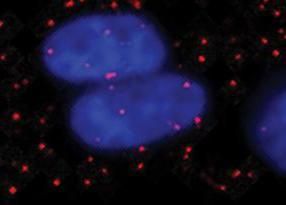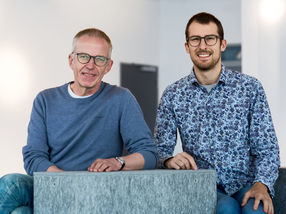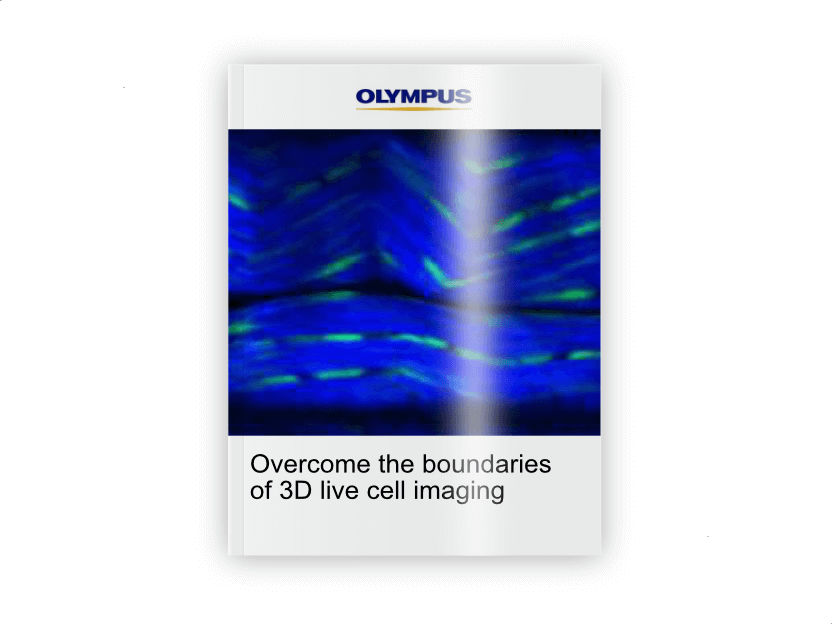Self-assembling material that grows and changes shape could lead to artificial arteries
Advertisement
Researchers at Queen Mary University of London (QMUL) have developed a way of assembling organic molecules into complex tubular tissue-like structures without the use of moulds or techniques like 3D printing.

The protein/peptide system can grow on demand by simply displacing the interface.
QMUL
The study describes how peptides and proteins can be used to create materials that exhibit dynamic behaviors found in biological tissues like growth, morphogenesis, and healing.
The method uses solutions of peptide and protein molecules that, upon touching each other, self-assemble to form a dynamic tissue at the point at which they meet. As the material assembles itself it can be easily guided to grow into complex shapes.
This discovery could lead to the engineering of tissues like veins, arteries, or even the blood-brain barrier, which would allow scientists to study diseases such as Alzheimer's with a high level of similarity to the real tissue, which is currently impossible. The technique could also contribute to the creation of better implants, complex tissues, or more effective drug screening methods.
Alvaro Mata, Director of the Institute of Bioengineering at QMUL and lead author of the paper, said: "What is most exciting about this discovery is the possibility for us to use peptides and proteins as building-blocks of materials with the capacity to controllably grow or change shape, solely by self-assembly.
Karla Inostroza-Brito, PhD student and first author of the paper said: "The system is dynamic so it can be triggered on demand to enable self-assembly with a high degree of control, which allows the creation of complex shapes with a structure that resembles elements of native tissue."
Original publication
Karla E. Inostroza-Brito, Estelle Collin, Orit Siton-Mendelson, Katherine H. Smith, Amàlia Monge-Marcet, Daniela S. Ferreira, Raúl Pérez Rodríguez, Matilde Alonso, José Carlos Rodríguez-Cabello, Rui L. Reis, Francesc Sagués, Lorenzo Botto, Ronit Bitton, Helena S. Azevedo & Alvaro Mata; "Co-assembly, spatiotemporal control and morphogenesis of a hybrid protein–peptide system"; Nature Chemistry; 2015




























































